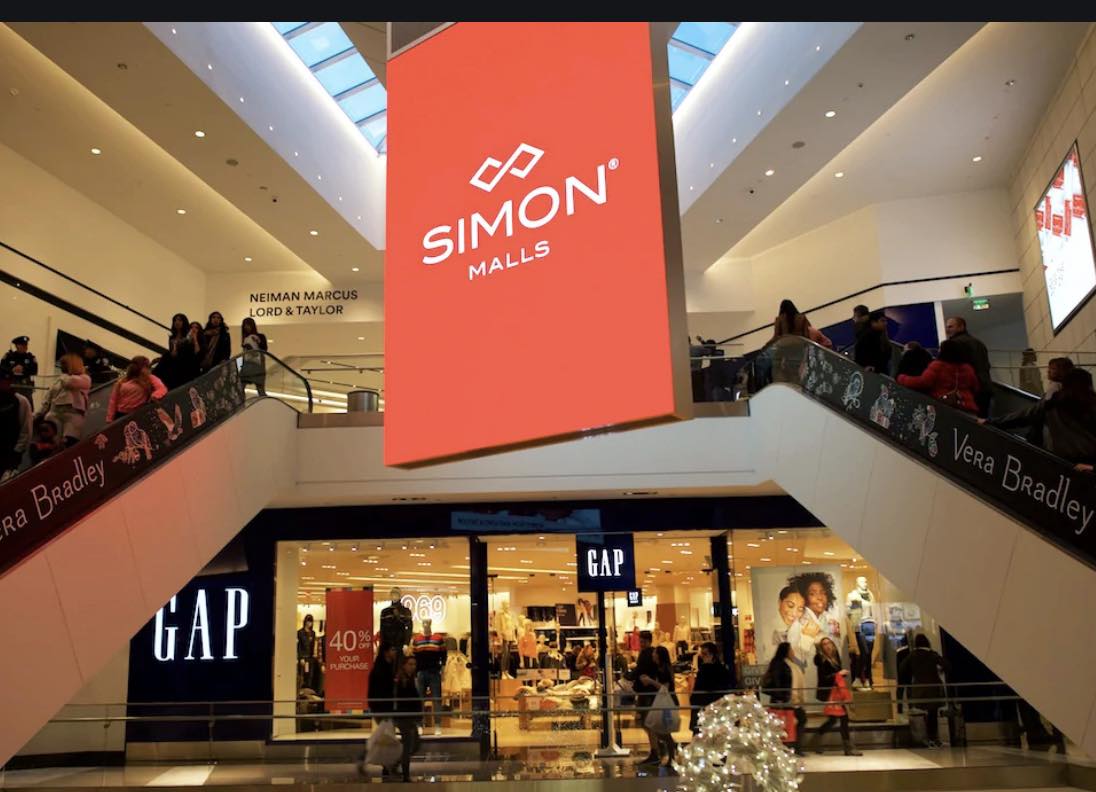The Covid-19 pandemic and subsequent store closures have brought new momentum to the decline of brick-and-mortar retailing, especially malls.
More than 50 percent of the department stores that anchor malls in the U.S. will permanently close by the end of 2021, according to real estate investment firm Green Street Advisors. There are about 1,000 malls in the U.S., a number that can no longer be supported as more people buy online.
Twenty-seven prominent retailers have already filed for bankruptcy in 2020. Among them are mall stalwarts Ascena (Ann Taylor, Loft, and Lane Bryant), Tailored Brands (Men’s Wearhouse), Lord & Taylor, Brooks Brothers, Lucky Brands, J.Crew, J.C. Penney, and Neiman Marcus. While some will reorganize with new funding and new ownership, many could not find buyers and have shut down. This includes Lord & Taylor, the oldest department store in the country, and home goods chain Pier 1 Imports. Both are liquidating.
Consulting firm Coresight Research estimates that 20,000 to 25,000 physical U.S. retail stores will close this year, with at least 50 percent located in malls. Even before Covid-related store closures, many retailers were struggling to make a profit. With limited foot traffic and tenants dispensing with rent payments, mall owners have changed their business model to survive.

The Gap stopped paying rent to landlords in April; Simon Property Group sued the retailer.
Mall Owners Adapt
The largest mall operator in the U.S. is Simon Property Group. Its portfolio includes seven of the 10 most valuable malls (Class A) in the country. In 2016 it joined with brand manager Authentic Brands Group to create SPARC (Simon Properties Authentic Retail Concepts) to buy bankrupt retailers. That year it bought Aeropostale. Earlier this year SPARC re-formed to respond to the unique challenges of the pandemic, with the objective of buying distressed retailers, mostly those in bankruptcy, at attractive prices.
SPARC has embarked on a buying binge and has purchased retailers Brooks Brothers, Lucky Brands, and, most recently, J.C. Penney, which is an anchor store at many of Simon’s properties. SPARC, in partnership with competing mall owner Brookfield Property Group, also bought women’s clothing chain Forever 21. Together, they now own and operate 1,500 stores via acquisitions.
In May Brookfield announced it plans to invest $5 billion in struggling retailers. However, this week. Brookfield laid off 20 percent of employees in its retail division.
Urgency
Many mall leases come with “co-tenancy” clauses that allow retailers to pay lower rents or break a lease if vacancies reach a certain threshold. Anchor store closures can have a domino effect and lead to an entire row of empty stores. That’s why keeping anchor stores in business is so important.
For example, J.C. Penney stores anchor about half of Simon Property Group’s malls. Acquiring the chain gives Simon access to roughly $3.6 billion of real estate while stabilizing its retail space. Penney, which has more than 850 stores, makes up about 19 percent of all mall anchor space.
Also, some tenants have stopped paying rent, and mall operators need to maintain a certain volume of foot traffic for mall reopenings so that tenants can attract customers and begin paying rent again. Simon collected only 51 percent of rents for April and May. The situation improved in June and July with Simon getting 69 and 73 percent of rents, respectively.
Simon Property is not solely relying on merchant acquisitions. It is also in discussions with Amazon to turn empty space at its malls into ecommerce distribution centers. Other mall operators are considering turning empty retail space into doctors’ offices, gyms, and grocery stores. Some owners have demolished their malls and converted the properties to industrial use. In the past three years, 13.8 million square feet of retail space has been converted to 15.5 million square feet of industrial use, according to commercial real estate firm CBRE Group. Much of this space was in malls.
Some mall operators are betting on high-end services such as spas, yoga studios, and entertainment venues. Restaurants offering more than food-court fare are being wooed by some mall operators.
Landlord or Competitor?
Many retail analysts are dubious that mall warehouse space can co-exist with retail use, especially in high-end malls. Shoppers do not want to walk past an industrial space on their way to a luxury retail store.
Moreover, when an operator owns a retailer, others in the same mall may view their landlord as a competitor. Some may choose to move to another location without the friction.
Mall operators are real estate experts, not necessarily retail specialists. Turning around already struggling chain stores will not be easy.




